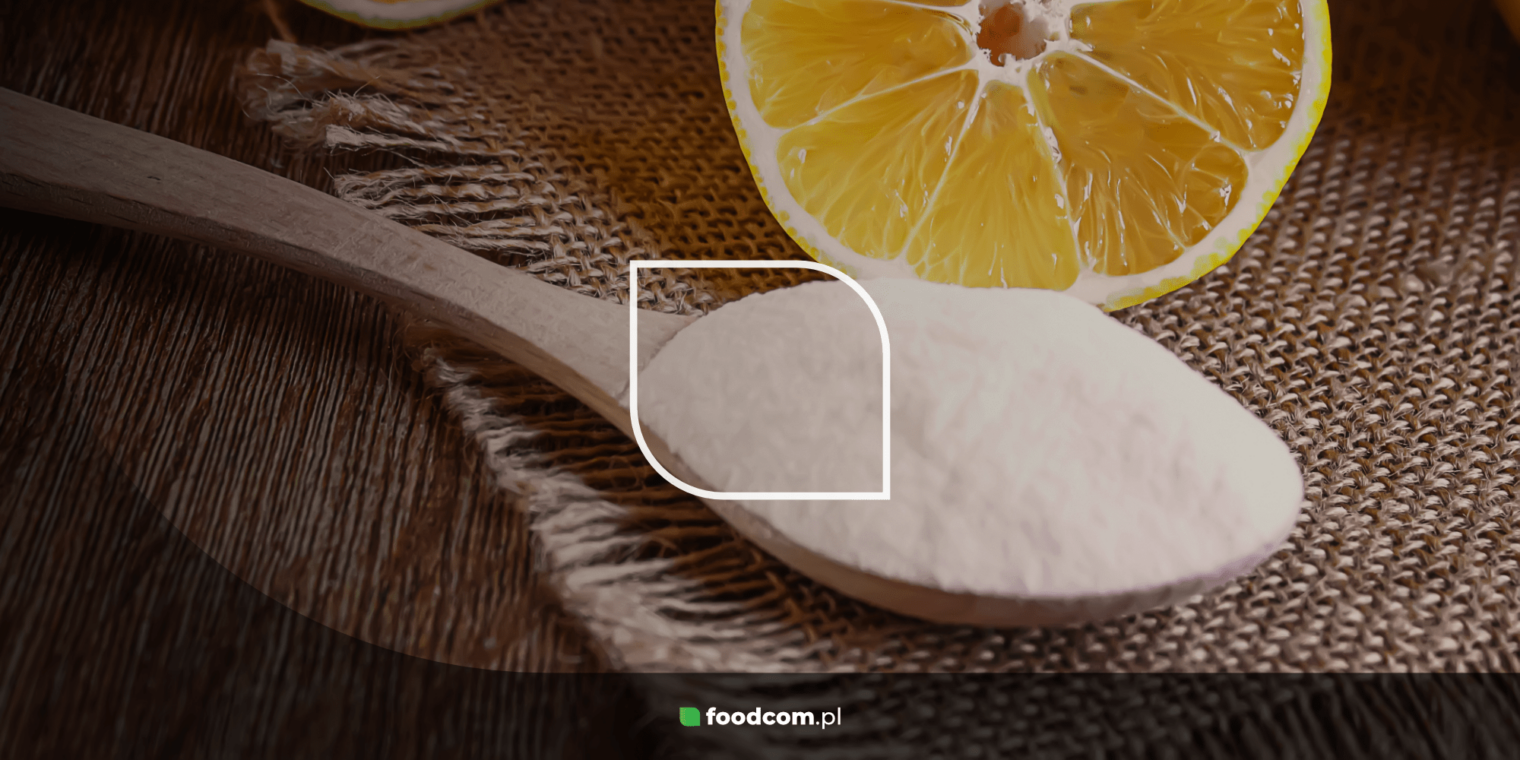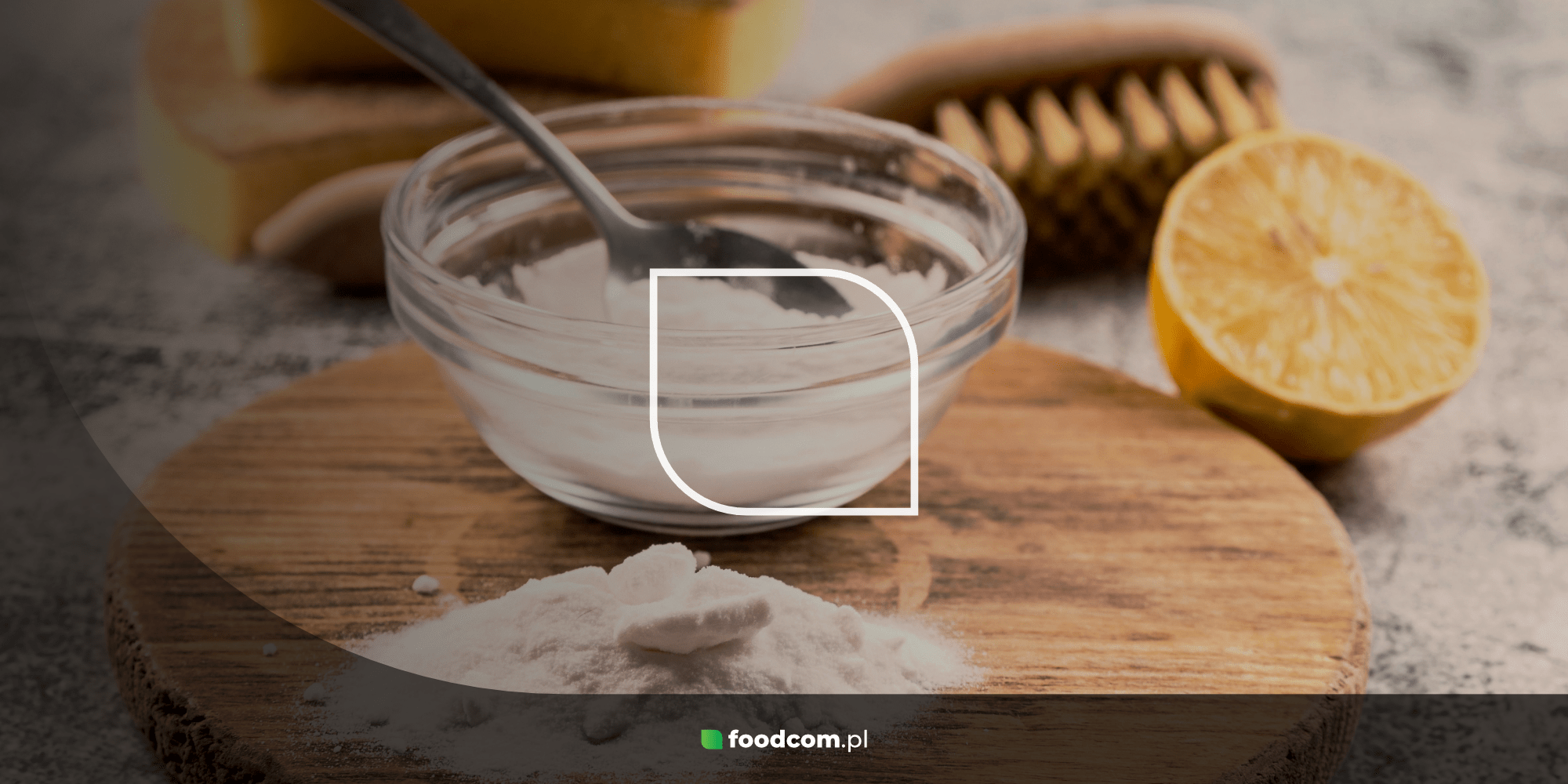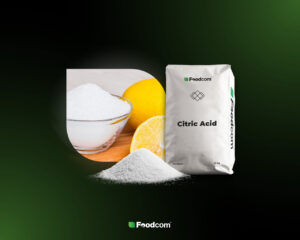- Merkmale und Herkunft: Zitronensäure (E330) ist eine natürliche chemische Verbindung, die in Früchten vorkommt und auch in synthetischer Form verwendet wird.
- Eigenschaften: senkt den pH-Wert, verlängert die Haltbarkeit von Produkten, hat bleichende und peelende Eigenschaften.
- Verwendung: wird in der Lebensmittel-, Kosmetik- und Pharmaindustrie sowie als Reinigungsmittel und Konservierungsmittel für Futtermittel verwendet.
- Sicherheit: Zitronensäure ist in moderaten Mengen unbedenklich, ein übermäßiger Gebrauch kann jedoch zu Reizungen führen.
Was ist Zitronensäure?
Zitronensäure (E330), auch bekannt als Citronensäure, ist eine organische chemische Verbindung, die als AHA oder Alpha-Hydroxysäureeingestuft wird. Die Formel von Zitronensäure lautet C₆H₈O₇. Sie kommt natürlich nicht nur in Zitronen vor, wie der Name vermuten lässt, sondern generell in Früchten wie Orangen, schwarzen Johannisbeeren, Erdbeeren oder Ananas. Die Säure kommt auch in den meisten Organismen vor – sie ist ein wichtiges Zwischenprodukt des Krebszyklus (auch Zitronensäurezyklus genannt), wo sie eine wichtige Funktion bei der Verbrennung von Kohlenhydraten hat.
Sie kann auch chemisch hergestellt werden – hauptsächlich durch Zitronensäuregärung unter Verwendung von Enzymen und Bakterienstämmen, am häufigsten Aspergillus niger.
Eigenschaften der Zitronensäure
Zitronensäure kommt in Form von weißen, geruchlosen Kristallen vor. Sie hat jedoch einen ziemlich ausgeprägten sauren Geschmack.
Sie hat eine Reihe von nützlichen Eigenschaften. Zum einen senkt sie, wenn sie Produkten zugesetzt wird , deren pH-Wert. Durch diese Säuerung wird die Haltbarkeit der Erzeugnisse verlängert. Ein niedriger pH-Wert sorgt auch dafür, dass die in den Lebensmitteln enthaltenen Vitamine, Mikronährstoffe oder Antioxidantien stabiler sind und besser aufgenommen werden. Die aus Zitrusfrüchten gewonnene Säure hat natürlich auch den Effekt, dass die Produkte saurer schmecken.
Sie trägt dazu bei, dass die ursprüngliche Farbe von Produkten, z. B. Obst und Gemüse, erhalten bleibt. Sie hat auch eine bleichende Wirkung.
Zitronensäure gilt als sichere Substanz. Wenn sie in Maßen konsumiert wird, verursacht sie keine schädlichen Nebeneffekte.
Verwendungszwecke von Zitronensäure
Sie wird in vielen Industriezweigen verwendet. Aufgrund ihrer Eigenschaften – Wirkung auf den pH-Wert, den Geschmack, die Farbe und die Haltbarkeit von Produkten – wird sie am häufigsten in der Lebensmittelindustrie verwendet.
Aufgrund ihrer peelenden, aufhellenden und pH-regulierenden Eigenschaften wirdZitronensäure auchin der Kosmetik verwendet, um den Hautzustand zu verbessern, Hautunreinheiten zu reduzieren und die Hautfeuchtigkeit zu fördern. Darüber hinaus wird sie bei der Herstellung von Reinigungsmitteln und in der pharmazeutischen Industrie als Zusatz zu Arzneimitteln verwendet, wo sie als Puffersubstanz wirkt und deren Wirksamkeit unterstützt.
Darüber hinaus hat Zitronensäure Eingang in die Tierernährung gefunden – sie hat eine konservierende Wirkung auf das Futter und verbessert außerdem die Phosphoraufnahme und den Geschmack des Futters, was wiederum zu einer erhöhten Futteraufnahme führt.
Zitronensäure in Lebensmitteln
Sie ist ein Lebensmittelzusatzstoff und wird auf den Etiketten als E330 angegeben. Sie ist hervorragend geeignet, um die Haltbarkeit von Produkten zu verlängern und ihre Farbe zu erhalten. Natürlich sorgt sie auch dafür, dass die Lebensmittel den richtigen Säuregehalt behalten, und ist ein ausgezeichnetes Konservierungsmittel. Darüber hinaus hat sie bindende und verdickende Eigenschaften und wird daher Soßen, Marmeladen oder Gelees zugesetzt.
Zitronensäure wird auch in der Süßwaren- und Backwarenindustrie verwendet, wo sie zusammen mit Natron als Backtriebmittel für Kuchen eingesetzt wird. Als Säuerungsmittel ist sie auch eine wichtige Zutat bei der Herstellung von Käse, Bier oder Wein.
Zitronensäure kommt nicht nur in der menschlichen Ernährung, sondern auch in der Tierernährung zum Einsatz. Eine Supplementierung mit dieser Zutat hat positive Auswirkungen auf die Leistung und die Knochenmineralisierung von Masthähnchen und ein besseres Wachstum bei Absetzferkeln gezeigt. Dank des Zusatzes von Zitronensäure bleibt das Futter nicht nur länger frisch, sondern ist auch schmackhafter, wodurch der Verbrauch und das Gewicht der Tiere steigen.
Zitronensäure in der Kosmetik
Die beliebteste Eigenschaft von Zitronensäure in Kosmetika ist ihre Fähigkeit, die Epidermis aufzuhellen. Deshalb findet man sie als Bestandteil von Produkten für Menschen mit Verfärbungen und ungleichmäßigem Hautton.
Zitronensäure entfaltet ihre Wirkung auf die Haut auch in der Anti-Ageing-Prävention, indem sie hilft, Falten zu glätten – sie beeinflusst die Anzahl der in der Haut enthaltenen Glykosaminoglykane, deren Aufgabe es ist, die Zellzwischenräume zu füllen. Dadurch wird die Haut mit Feuchtigkeit versorgt und gestrafft.
Sie hat auch eine sanfte Peeling-Wirkung, weshalb sie als Bestandteil von Peelings verwendet wird, um die Wirkung der anderen verwendeten Säuren zu verstärken. Sie kann in Haarpflegeprodukten verwendet werden – durch die Senkung des pH-Werts wird das Haar weniger kraus, glänzender und geschmeidiger.
Zitronensäure in der pharmazeutischen Industrie
Zitronensäure wird in großem Umfang in der pharmazeutischen Industrie verwendet, wo sie vor allem als Puffer- und Stabilisierungssubstanz sowie als Säureregulator eingesetzt wird. Dank ihrer pH-regulierenden Eigenschaften wird sie in verschiedenen Arzneimittelformulierungen wie oralen Präparaten, Augentropfen und injizierbaren Lösungen verwendet, um deren chemische Stabilität zu erhalten und die Bioverfügbarkeit der Wirkstoffe zu erhöhen. Darüber hinaus wirkt Zitronensäure als Konservierungsmittel, das pharmazeutische Produkte vor mikrobiellem Wachstum schützt und ihre Haltbarkeit verlängert. Ihre Fähigkeit, aufgrund ihrer chelatbildenden Eigenschaften Metallionen zu binden, verhindert, dass diese Ionen die Wirkstoffe der Arzneimittel beeinträchtigen. Auf diese Weise unterstützt Zitronensäure die Wirksamkeit und Haltbarkeit vieler medizinischer Präparate und macht sie sicherer und effektiver.
Zitronensäure als Entkalker und Reiniger
Zitronensäure ist nicht nur ein Bestandteil von Kosmetika und Lebensmitteln, sondern auch ein beliebtes Reinigungsmittel, das in jedem Haushalt zum Einsatz kommt. In Pulverform eignet sie sich hervorragend zur Reinigung verschiedener Oberflächen und zum Entkalken von Wasserkochern und anderen Geräten. Um effektiv zu entkalken, gibt man einfach einige Teelöffel Zitronensäure in den Wasserkocher, gießt Wasser hinein und bringt es zum Kochen – dadurch löst sich der Kalk, und das Gerät ist sauber und kann wieder benutzt werden. Sie kann auch zum Entkalken von Geschirr und als Bestandteil von Reinigungsmitteln verwendet werden. Dank ihrer vielseitigen Reinigungs- und Entkalkungswirkung wird sie in jedem Haushalt geschätzt, sowohl um das Geschirr sauber zu halten als auch um Ablagerungen wirksam zu entfernen.
Schädlichkeit von Zitronensäure
Zitronensäure gilt als sichere Substanz für die Verwendung in der Lebensmittel-, Kosmetik- und Pharmaindustrie, sofern sie in moderaten Mengen verwendet wird. Ein übermäßiger Gebrauch kann jedoch zu einigen gesundheitlichen Problemen führen, z. B. zu Reizungen der Schleimhäute, insbesondere bei empfindlichen Personen. Bei Kontakt mit den Augen kann die Säure Brennen und Rötungen hervorrufen. Das Verschlucken einer zu großen Menge von E330 kann zu einer Reizung des Magen-Darm-Trakts führen und Bauchschmerzen oder Unwohlsein verursachen. Bei Menschen mit empfindlicher Haut kann Zitronensäure in hohen Konzentrationen Reizungen hervorrufen. Daher ist bei der Verwendung von Kosmetika mit diesem Inhaltsstoff Vorsicht geboten, insbesondere wenn die Haut zu Allergien oder Schädigungen neigt.
Unser Vertriebsunterstützungsteam unterstützt unsere Geschäftspartner bei der effizienten und effektiven Abwicklung von Geschäftsvorgängen, um die höchste Servicequalität für alle unsere Geschäftspartner zu gewährleisten. Unser Logistikteam kümmert sich um den Transport, und unsere Finanzabteilung ist für alle Angelegenheiten im Zusammenhang mit dem finanziellen Teil der Transaktion zuständig.










